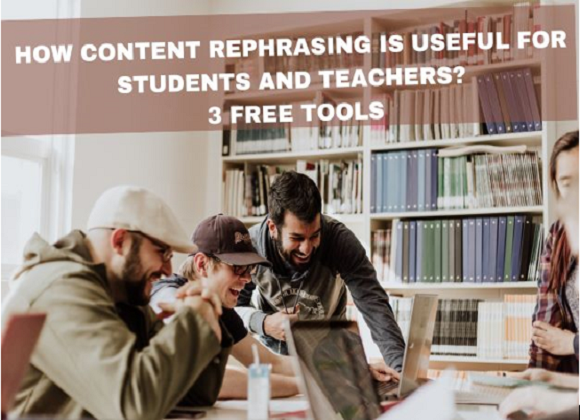Courses
Grow skills with quality courses
Albert Bandura said, “The content of most textbooks is perishable, but the tools of self-directedness serve one well over time.”
Every teacher has a few students who are bullies or try to create nuisance in the class. They may be very good in studies but are distractors for the rest of the class. The most important job of a teacher, apart from imparting education, is to help them become better learners and people, in the complete sense. Therefore, the need for Social Learning arises. What is Social Learning? It is the basic idea that children learn by observing the actions of others. There are four key elements to the Social Learning Theory:
Social Learning theory is different from the social cognitive theory where the latter is a more specific term that works on the idea that apart from observing and working according to the learnings of others, students also use their cognitive factors and environment while reacting to a particular situation. Here, the inner force also plays an important role and self-efficacy is an important area of this theory. Social Learning is a broader area where the students learn by observing others. But the main question arises- how can teachers incorporate social learning within their classes?
One way could be by using the strategy of flipping the classroom. In the traditional setup, the concept or the topic is taught to the students first followed by an assessment or some activity. But here, the students are given a video or some reading material to be seen at home. They observe the video or the material is given, critically analyze the concept, and try to explain and apply what has been learned by them in the class. This enhances social learning within the students as they observe others, their ideas, and actions, while the students are explaining the concept to the class. The students can be praised and encouraged or corrected by the teacher, which can be observed and learned by others, applying these observations to their learning stock. Peer tutoring can be another one, where the students can be brought in contact with one another, and each one can learn from the other. One way can be by cring the older students in connection with the younger ones, where they can share their experiences and learnings with the younger students and help prevent them from making mistakes that they made during their time.
It has been seen that social modeling is very useful in education as it not only improves the behavior of the students in a particular situation but also makes them more empathetic and compassionate. Constructive feedback helps students enhance self-efficacy and make them more developed holistically. Therefore, apart from implementing other learning theories in the class, implementation of the social learning theory can help in making students more caring and empathetic towards others, not only in their school journey but also in the future.
About the author
Comments
Recommended by Gurushala

Technology & Innovation
-By Valentina MilanovaHow Content Rephrasing is Useful for Students and Teachers? 3 Free Tools

Stories of Indian Classrooms
-By GurushalaOn the course of continuous learning- An inspiring teacher story from Pune
Related Articles
